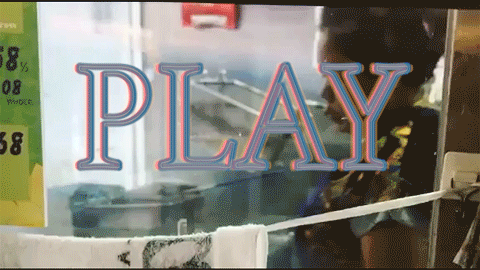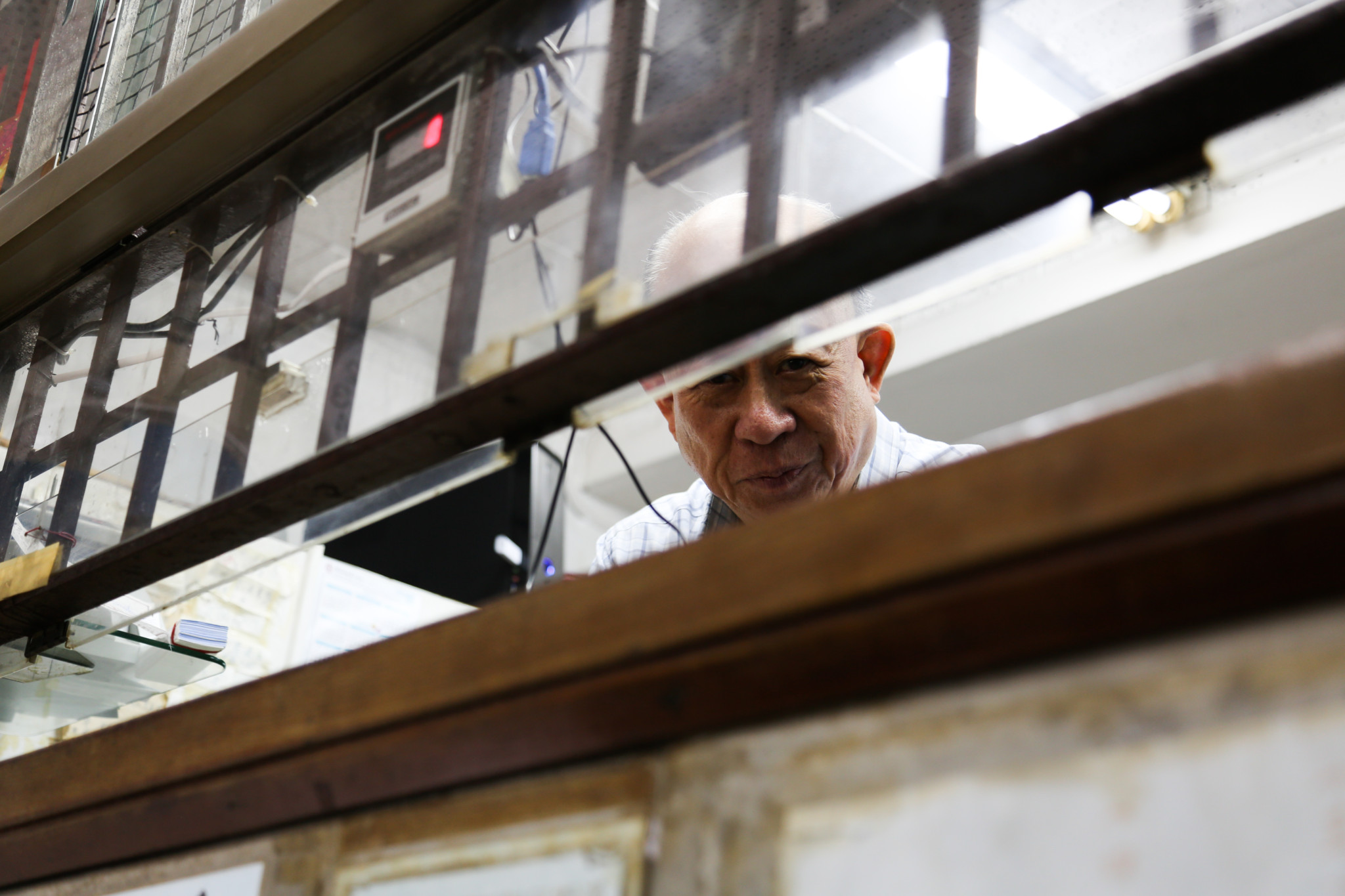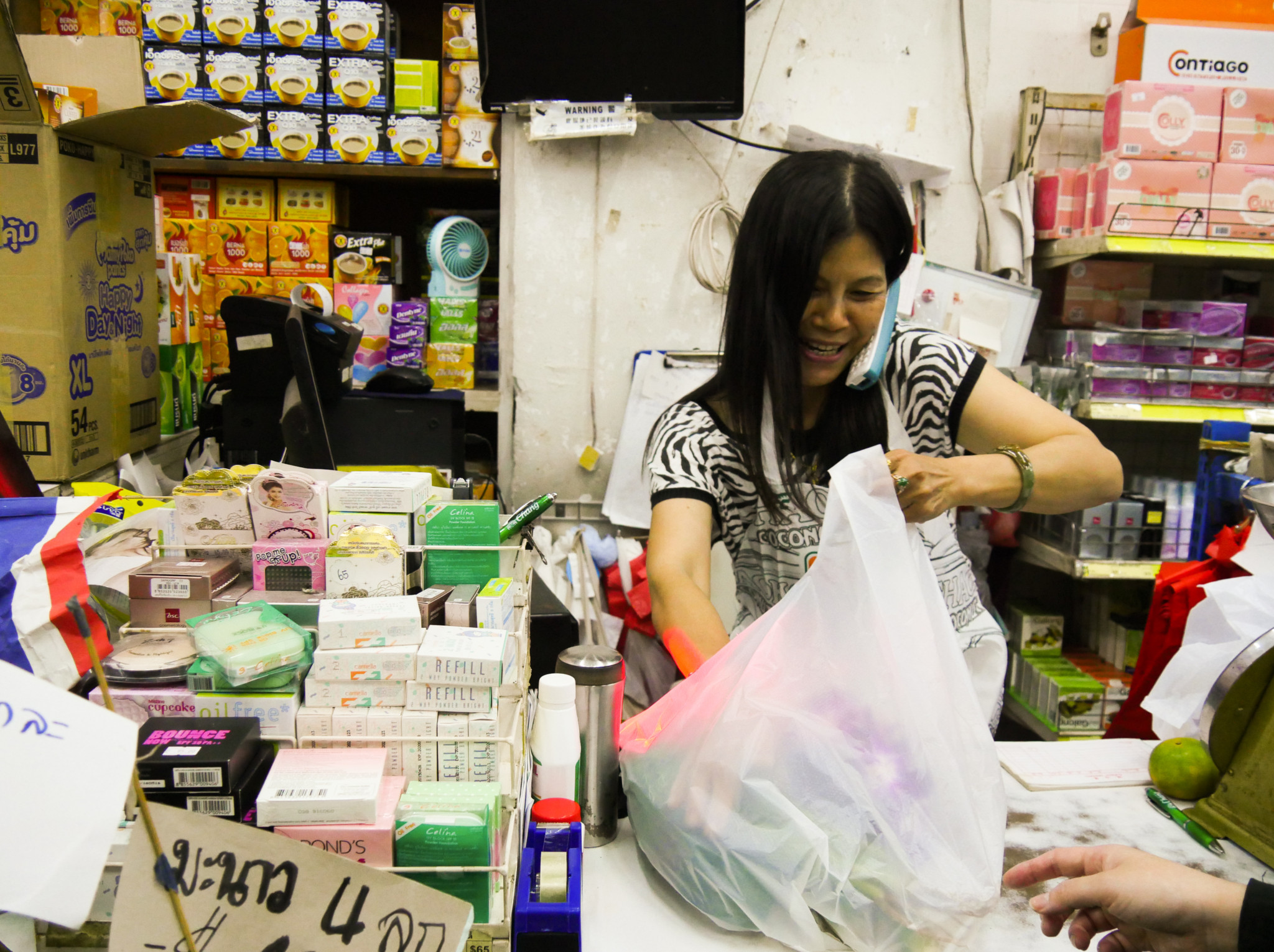Welcome to Little Thailand
Sawatdi Khrap/kha
Sawatdi – kha!
On your left is the shop selling Thai DVDs and chaaplu. On your right is Lemon Thai restaurant, selling mouth watering shrimp pad thai. Every shop mourns King Bhumibol Adulyadej.
You think its Thailand? No it’s not!
But it is the next best thing – Hong Kong’s homegrown Little Thailand on South Wall Road.
South Wall Road, in the heart of Kowloon city, is known as Hong Kong’s Little Thailand. The presence of Thai immigrants, activities and products, make it a tiny yet fascinating micro-universe.
Spending one day in Little Thailand is a 360° experience into the lives of a people who, though very far away from their home country, are still intrinsically connected to their roots. Thai corner shops and restaurants flood the street. The smells and colours assault your sense. You are vanquished in the end, helpless against the onslaught of the Thai words in your ear, and the visuals in front of you. But what is really fascinating about Hong Kong’s little slice of Thai are the stories of its people.
Many residents and workers moved to Hong Kong from Thailand for more lucrative job investments and to send money back home to support their families, like many other immigrants in the territory. Some feel like their Chinese home is treating them well, while others look forward to going back to their beloved Siam. For many immigrants who came to Hong Kong decades ago, their identity and lifestyle have been inevitably influenced by local ones, creating a sub-culture that unites Cantonese and Chinese norms with typical Thai traditions, such as the devotion to Buddhism and monks, and the attachment to the Royal Family.
Remember when Tom the cat floated as he followed the smells coming from his master’s kitchen? You will be forgiven for feeling exactly like Tom when you walk down Little Thailand.
Your senses will be assaulted. The culprits? Pad Thai, Tom Yum, Massaman curry… Okay, this is making me hungry already.
Little Thailand is true to Thailand in a lot of aspects – but its most true to its roots in food. There are several restaurants, and all serve authentic Thai food. All the local people would vouch for this. The owners of the stores go the distance to dish Thai fare, with the produce flown in fresh from Thailand, the servers mostly hailing from the Kingdom, the menus written in Thai and the food being served up in dishes that you would see in a Thai home.
All these ingredients (see what I did there?) create an image that is very reminiscent of the original. And you can buy all you need for an authentic tasting meal right here in South Wall Road – everything from kha to gui chai. “I prefer being in Hong Kong. Food here is better,” says Wong Wing (this is the name he calls himself now that he is in Hong Kong), who has been cooking in different restaurants around Little Thailand for 20 years.
Most of the people like Wing came here in search of better prospects. And they do make more money, enough to send some home. “People have made money. But people don’t have any time to celebrate.”

Undoubtedly, Thai food is one of the best cuisines in the world with at least five different component of taste sense, which vary from spicy, sweet, sour, bitter and salty. But what exactly is about these quintessential Thai dishes that people can never seem to get enough of? Is it where it originates? Or is it simply the way these dishes are cooked that make people go “bananas”?
It originates from Eastern and Western influences melodiously combined to create qualities of elaborate dishes that cannot be described. Its exotic use of fresh herbs and colourful spices so beautifully combined make these dishes so distinctive. Thai food are represented into a variety of dishes that consist of breakfast dishes, individual dishes and Central, Northern and Southern shared dishes.
Portuguese, Japanese and Dutch were other culinary influences from the 17th century that contributed the popularity and success of Thai dishes.
The characteristic flavor of kefir leaves appears in most Thai dishes which are cooked in soups and curries. Banana leaves are also play an important role in Thai cuisine for packaging of ready-made food or for steaming of food.
Chilies also play a major role in Thai food. Five main chilies are found in Thai food. phrik khi nu suan (a very small 1.2 centimeter chili). The slightly larger chili is phrik khi n, phrik chi fa is the green or red spice which slightly less spicy. Phrik yuan is the very large pale green chili and the least spicy. Lastly, phrik haeng are dried chilies spices that are the dark red in color and the spices chili of them all. Other typical ingredients include meat: pork, chicken, duck and water buffalo. Traditionally, fish, shellfish and crustaceans play an important role in the diet of Thai people.
Like most Asian dishes, rice is the staple food of Thai cuisine. Noodles also form a huge part of the Thai food. One of the most popular stir-fried noodle dish worldwide is Pad Thai. Thai people usually prefer their meals served all at once, permitting diners to enjoy complementary combinations of different flavors.
Nowadays, the love for Thai food has resulted in over 10 thousand restaurants worldwide.
Kowloon City is quite an old district but with the economic development within the city in the last two decades, it has been redeveloping into a more advanced district. Access to Kowloon City, however has not seen a change as only taxis, buses or minibuses are available to commute to the place. In light of hope for a train link to the district, the Executive Council approved the further planning and preliminary design of the Shatin to Central link in 2008.
The public suggested that the routing of the Kowloon City Section should be moved closer to the Kowloon City “old district” and that more entrances should be provided within the old community. A number of Thais migrated to Hong Kong during the late 1970s, today they make up for the 7th largest Asian ethnic minority in the city.
According to the Census and Statistics department, the population of Thais added up to 11,213 being 0.16% of the total population of Hong Kong as of 2011 and according to a report by South China Morning Post, there were about 28,000 Thais as of August, 2016, becoming the fourth largest ethnic minority group after the Filipinos, Indonesians and Indians while 2,500 of the Thais are domestic helpers. With the city being advantageous to the community in terms of economic benefits, from working as domestic workers to those working in the primary and secondary industrial sector, Hong Kong has been in favour to the community of Thais.
There was indeed a trend for men in Hong Kong to marry Thai women in Kowloon City back in the 70s, but that’s not the only why they’ve moved here. In fact, Thailand has an abundant history of migration and was high in women’s workforce engagement. Called “Little Thailand”, the Thai community have managed to bring Thailand to Kowloon City.
They have incorporated their cultures and their way of life within the narrow streets of the district. From grocery stores to salons, there are numerous shop selling produces from Thailand. “South Wall Road” in specific has the biggest concentration of the Thai shops and restaurants. The Thai people also celebrate their festivals for instance, they celebrate Songkran, the Thai New Year, which is also known as the water festival. As reported in South China Morning Post, they annually have a street parade that starts at around 5pm going around South Wall Road and Nam Kok Road.
During this festival, splashing water on people gives them good luck and prosperity to the person while washing away the bad. In terms of the language they speak, the Thai language of the Tai-Kadai language which is also known as Kra-Dai, which is the national language of Thailand and is also the mother tongue of the Thais in Hong Kong. Also, at the same time, 72.9% them speak Cantonese as their most used language while some 10% use Thai as their language, and a lot of them also use a mix of Thai-Cantonese. As we experienced, a lot of the Thai people feel comfortable when they use Cantonese to converse while Thai is still preferred.
Cargo from Thailand arrives at South Wall Road
You can hear chanting, people bowing in prayer and the smell of incense and flowers mixes with the breakfast dumplings on display outside the restaurants. Its South Wall Street, that mostly is a hustle-bustle of activity as trucks unload, people shop and kids squabble. But not in the morning, at 11 am when monk Phra Phimon Lapkanya visits. A tall man, clad in saffron robes and a warm smile, he is received by his welcome party of volunteers, and rows of waiting disciples.
Originally from Thailand, Lapkanya came to Hong Kong with a mission to propagate the message of Buddhism as there are few monks in the city. The journey has been long, almost twenty-five years, and it has not been easy.
But he wants to support that local Thai community and keep them connected to their roots. So every morning, he makes his way from his quiet solitary existence in New Territories to collect alms and preach.
And his message is for everyone. “It doesn’t matter if you are Christian or Muslim. We can come together and build peace.” He is not the only monk who visits South Wall Street in the mornings. There is also a small group of monks who visit from the monastery in Yuen Long.


Little Thailand does not just welcome its fellow Thai community, it is very well-known to locals as well. Many local families go to Little Thailand every week for food and grocery shopping.
Menus and price tags are written in Thai, Chinese and English Tony Chey, manager of the Columbia International Removals said that they come every week for Thai food and shopping. “There is a variety of food to buy here, ways more than the supermarkets in Hong Kong,” he added.
Despite the fact that some locals live far from Little Thailand, it has become a habit to come here every week. “We just can’t get enough of the food here,” he said. Lunch at Kowloon City is the best way to kick off a tour in the neighbourhood, the price is reasonably cheap and the quality and quantity is high.
Watch a local Hong Kong man shopping in Little Thailand
At the very end of South Wall Road, where the illusion of all things Thai come abruptly to an end and the pervasiveness of the dominant Hong Kong society takes over again, stands a store owned by a lady named Bat Kung that sells Buddhist statues and other relics. She swelled a little with pride when she tells us that everything in her shop is imported from Thailand. She added, “Look for us, and we can help you find what you’re looking for from Thailand.”
A stoic woman, Bat Kung moved to Hong Kong in 1988, almost thirty years ago. Like many Thai people who left their home country for the hustle and bustle of the city, she came here to work for money to send back to her family. “A majority of us who came to Hong Kong for work came from a lifestyle in the rural areas of Thailand,” she told us. “The air and the people there have a really positive vibe. There is a very happy lifestyle. There isn’t much stress.”
Even thought she’s been in Hong Kong for a long time, and does speak Cantonese, she speaks with a distinct accent. On South Wall Road, the sound of Thai conversations is commonplace, and she found herself still speaking the language on a daily basis. “This road and Thailand are pretty similar,” she said. “The difference is that there are more foreigners, Chinese people, Hongkongers. In Thailand, it’s just Thai people. At the same time, on this street you can here people speaking in Thai”.
But that couldn’t have been the only difference. She had changed her entire lifestyle, learned a new language, and assimilated a new culture to fit in to this city. What a lot of people don’t know is that in Thailand, there are classes that Thai expatriates can take before moving to Hong Kong, that teaches them how to live the lifestyle, the language, and even to write basic Chinese words. That was enough to get them started, and the rest they learned by living in the city. Kung eventually found a boyfriend, who is local to Hong Kong, and they married.
When asked if she had a family back at home, she tells us that she has a daughter there. When asked if she missed home, I expected at least a hesitant yes, but instead, she says that there is nothing to miss since she and a lot of the other Thai people living in Hong Kong still go back frequently.
However, she acknowledges that she’d like to return one day. “I’m getting older. I’d like to return to Thailand and live there again.”







